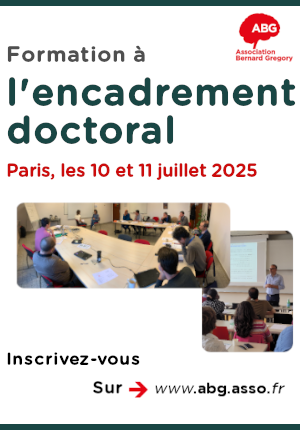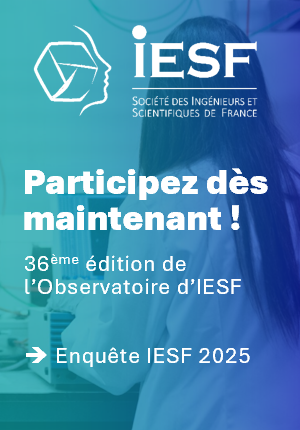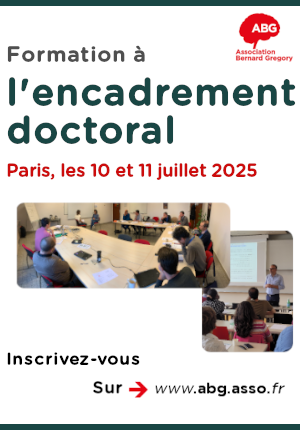Atomistic investigations on the passivity of chromia-forming alloys
| ABG-131131 | Thesis topic | |
| 2025-04-16 | Public funding alone (i.e. government, region, European, international organization research grant) |
- Materials science
Topic description
Chromia-forming alloys are protected from corrosion by passive films formed on surface. The protective property of passive film relies on the internal barrier layer basically composed of chromium oxide, with the presence of some elements from the alloy substrate or the environment that may reinforce or reduce the passivity.
Modeling the oxide film growth help predict the durability of materials. It was well reported that the growth was limited by the defect diffusion in the barrier layer. Chromia defect chemistry has been well elaborated for high temperature environments [1], but still needs to be studied under electrochemical conditions [2]. Understanding the effects of dopants on the corrosion resistance and the relevant mechanisms is beneficial for alloy design. The role of molybdenum in the passive films has been well determined [3,4]. However, the atomistic investigation of some other important alloyed elements, such as nitrogen, are still underway.
The PhD student will work in the MATEIS laboratory in Lyon starting in 2025 to study the protective properties of chromia oxide scales formed in electrochemical environments and the effects of nitrogen on the passivity.
Theoretical simulations using Density functional theory (DFT) will be carried out to simulate the oxide surfaces under polarization in aqueous environments and to compute the properties related to oxide defects, including charge carrier densities. The computed results will be compared to those of experimental measurements and analyses, such as Electrochemical Impedance Spectroscopy (EIS) and X-ray Photoelectron Spectroscopy (XPS), in order to obtain insights on the alteration of the passivity due to the presence of the doping element.
References
[1] X. Huang, P.C.M. Fossati, L. Martinelli, S. Bosonnet, L. Latu-Romain, Y. Wouters, A DFT study of defects in paramagnetic Cr2O3, Phys. Chem. Chem. Phys. 24 (2022) 10488–10498.
[2] A. Kopač Lautar, A. Hagopian, J.-S. Filhol, Modeling interfacial electrochemistry: concepts and tools, Phys. Chem. Chem. Phys. 22 (2020) 10569–10580.
[3] X. Huang, D. Costa, B. Diawara, V. Maurice, P. Marcus, Atomistic insights on enhanced passivity: DFT study of substitutional Mo on Cr2O3 and Fe2O3 surfaces, Corros. Sci. 224 (2023) 111543.
[4] X. Huang, D. Costa, B. Diawara, V. Maurice, P. Marcus, Protection of Stainless Steels by Mo against Cl Attack: A DFT Study, J. Phys. Chem. C 129 (2025) 3913–3919.
Starting date
Funding category
Funding further details
Presentation of host institution and host laboratory
see the site web of MATEIS
Website :
Candidate's profile
Highly motivated students with BAC+5 or master’s degree in materials science or equivalent
Vous avez déjà un compte ?
Nouvel utilisateur ?
Get ABG’s monthly newsletters including news, job offers, grants & fellowships and a selection of relevant events…
Discover our members
 Tecknowmetrix
Tecknowmetrix  MabDesign
MabDesign  Groupe AFNOR - Association française de normalisation
Groupe AFNOR - Association française de normalisation 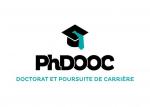 PhDOOC
PhDOOC  CASDEN
CASDEN  Nokia Bell Labs France
Nokia Bell Labs France  TotalEnergies
TotalEnergies  SUEZ
SUEZ  Généthon
Généthon  Ifremer
Ifremer 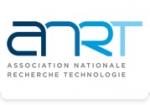 ANRT
ANRT  MabDesign
MabDesign  ASNR - Autorité de sûreté nucléaire et de radioprotection - Siège
ASNR - Autorité de sûreté nucléaire et de radioprotection - Siège  Laboratoire National de Métrologie et d'Essais - LNE
Laboratoire National de Métrologie et d'Essais - LNE  Aérocentre, Pôle d'excellence régional
Aérocentre, Pôle d'excellence régional  ONERA - The French Aerospace Lab
ONERA - The French Aerospace Lab  CESI
CESI 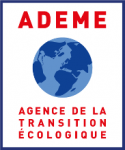 ADEME
ADEME  Institut Sup'biotech de Paris
Institut Sup'biotech de Paris

